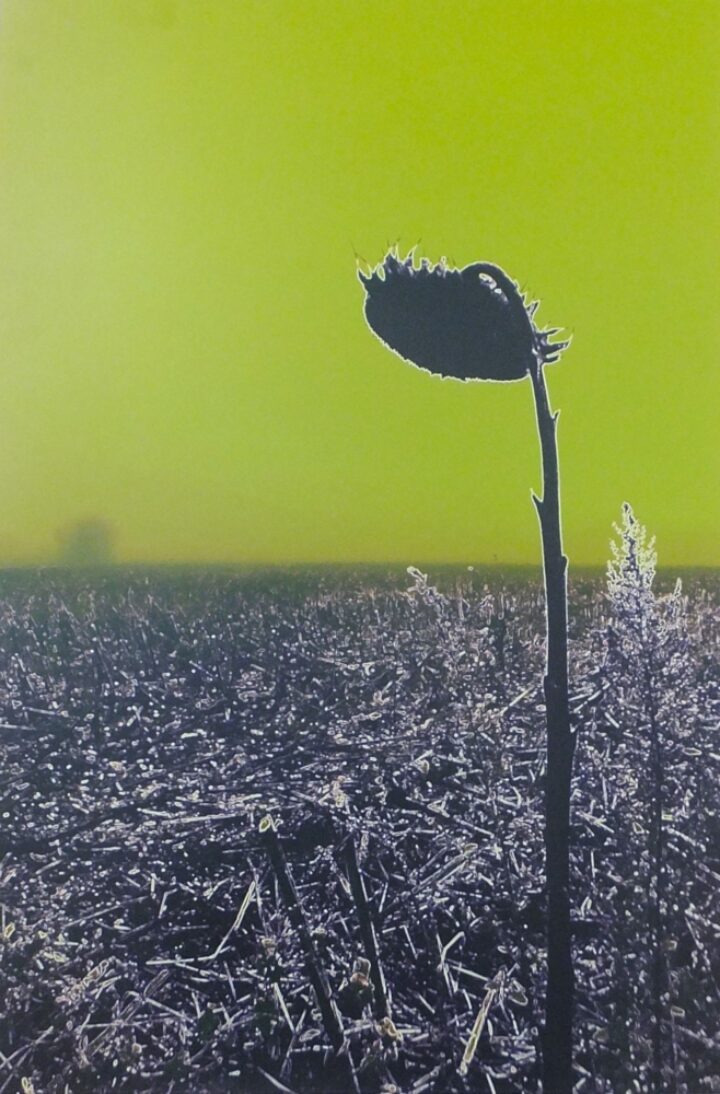
'We refuse to see the wood for the trees' - 24/3/24 - 5/5/24
From 1970s Experimental Public Art to 2020s Post Modern Naturalism
The work of constructivist artist Terry w Scales
Many artists I know are wary of being labelled. But I have always felt comfortable about calling myself a Constructivist.
More than a century has passed since Vladimir Tatlin and Alexander Rodchenko founded the Constructivist movement in 1915 – their contribution to the Russian revolution. Twenty years later, the Bauhaus in Germany was founded with similar objectives. And, more than half a century ago, I first walked through the doors of Hornsey College of Art. There I found a serious commitment to the creative use of new technology and modernism, which surprised and pleased me.
I still believe, all these years later, in the principles of Constructivism: in an abstract art reflecting the modern industrial and urban world, eschewing commodified art, embracing industrial materials, and committed to a progressive democratic communitarian culture.
When I began my career in the mid-1970s, working in both two– and three-dimensional formats, my main interest was in exploring colour transmitted or reflected in our urban–industrial environment. I was funded, until the mid-1980s, by the Arts Council of Great Britain as an experimental public artist, embracing new materials and technologies to create colour environments and dance and performance art pieces for public spaces, which were enjoyed by many thousands from diverse communities all over the UK and abroad.
In the 1990s I started using more conventional media: painting, photography, fabric and neon light constructs, and eventually, digitized imagery. I still experiment and research new sources of visual aesthetic. It continues to be a wild, exciting journey for the imagination.
How fortunate I am to have been born into the optimistic and socially meritocratic postwar era of the 1950s and 60s – a time when Britain benefited from a state education that understood the need to harness creativity and imagination as economic and social assets to improve and enrich life for the entire population.
In the 1970s the Arts Council took this approach a step further with its strategy of sustained support for public, experimental and community artists throughout Britain. I was happy riding that swelling wave of opportunity.
Since the late 1980s everything has changed with the advent of rabid globalization and deregulated corporate power. Routinely now, our industrial societies and technologies harm and degrade our planet, robbing future generations of the rich and fulfilling life opportunities we were offered.
Like many of my generation of artists, I have come to feel a responsibility to repair the damage and try to replenish what has been lost.
This keeps on driving me to find new challenges in my work – new approaches, processes, ideas. While trying to express my deep respect for the complexity and beauty of our planet, I have also felt a duty to make my work a critique of our human voraciousness.
Others can judge whether the marks I made have left any lasting impression.